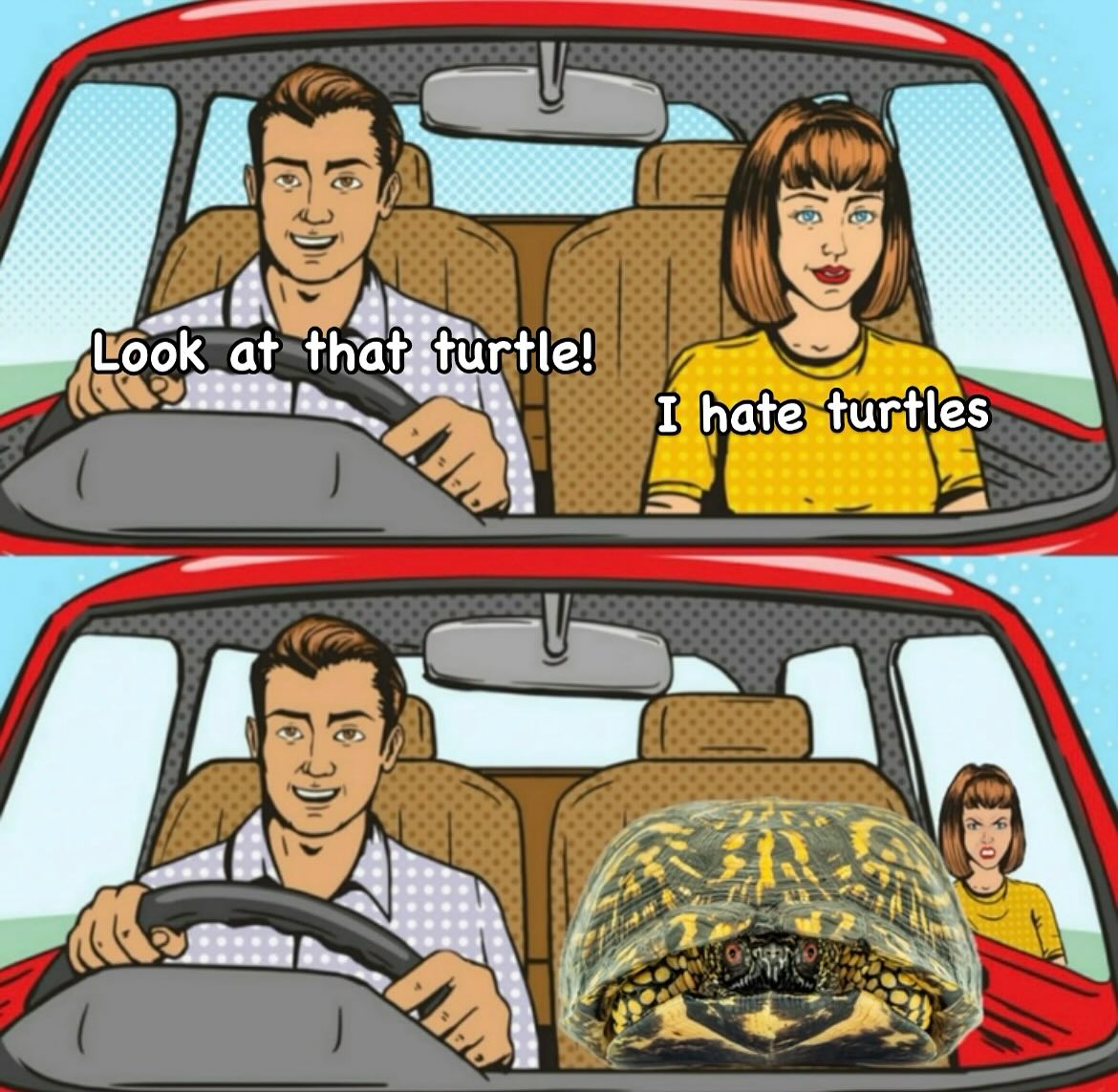- Safely assisting a turtle found on the road to its intended direction.
- The ethical implications of not taking a wild turtle home as a pet.
- Proper handling and transportation of injured turtles.
- Importance of wildlife rehabilitation centers in turtle conservation.
- How individual actions can contribute to broader wildlife conservation efforts.
When you encounter a turtle on the road, it can be a surprising moment, but the first rule is simple: stay calm and composed. These creatures, while seemingly vulnerable, have specific destinations and are usually well aware of their surroundings and their path. It’s critical to pull your vehicle over safely before approaching the turtle. Once you have ensured your safety and that of other road users, approach the turtle from behind, maintaining a low profile to avoid startling it.
Lift the turtle carefully, placing your hands on either side of its shell, which is naturally built for protection. This method ensures that you do not injure its legs or head, which may protrude from its shell, especially when it’s alarmed. Gently relocate the turtle in the direction it was originally heading. Altering its course can be disruptive; these animals are often moving towards water sources or suitable nesting grounds where their survival instincts are guiding them.
It’s important not to make the mistake of taking the turtle home. Despite their slow pace and tranquil appearance, turtles belong in the wild where they play specific ecological roles. Introducing them to new environments can disrupt local wildlife and can be harmful to the turtle itself. Turtles have long lifespans, and their care requirements are intricate and challenging to meet in a domestic setting.
In circumstances where the turtle is injured, it becomes imperative to intervene in a manner that contributes positively to its recovery and well-being. Turtles with visible injuries such as broken shells or missing limbs require professional help. The immediate action should involve carefully placing the turtle in a well-ventilated and secure box. This container should be non-restrictive and lined with a soft material to prevent further injuries. Avoid placing turtles freely in your vehicle as this could cause additional stress or harm.
Once secured, the injured turtle should be taken to a licensed wildlife rehabilitation center. These centers are equipped with the expertise and facilities to treat various injuries and illnesses among wild turtles. Wildlife rehabilitators assess the turtle’s needs, provide the necessary medical care, and, if possible, facilitate its return to its natural habitat. The work done by these centers is pivotal, not just for individual animal welfare but also for the conservation of turtle populations at large.
These small actions have broader impacts on turtle conservation. Roadways pose a considerable threat to turtles, with vehicular traffic leading to countless injuries and fatalities annually. By taking simple steps such as assisting turtles across roads safely or ensuring injured turtles reach proper care, individuals can help mitigate this issue. Additionally, spreading awareness about these actions can inspire others to act compassionately and responsibly when encountering wildlife.
Each person’s choice to aid a turtle contributes to the preservation of biodiversity. Turtles are vital to ecosystems; they manage aquatic vegetation, control insect populations, and contribute to nutrient cycles through their waste. Protecting them supports the health of ecosystems that humans also rely on.
In conclusion, encountering a turtle on the road presents an opportunity to engage in direct wildlife conservation. By understanding their natural behavior, assisting them appropriately, and ensuring injured turtles receive expert care, we contribute to the preservation of these remarkable creatures and their habitats. Such informed and compassionate actions remind us that every small effort counts in the larger mission of sustaining our planet’s biodiversity.
*****
Source Description
So you’ve found a turtle on the road. First thing first, don’t panic. That little one is not lost, and probably knows where they’re going. Make sure to pull over safely, gently pick it up on the sides of its shelell and move it in the direction it was heading, even if that direction seems suspicious. Trust the turtle. It knows. Don’t turn it around. That’s not helpful. That’s rude.
And never take it home. It’s not a free pet! Place it safely off the road, give it a pep talk if you must, and carry on knowing you may have saved a life!
Please don’t put it in your car unless it’s clearly injured (missing limbs, cracked shell, etc.). If it is hurt, place it in a well-ventilated box (not freely on your dashboard or passenger seat as this photo may suggest) and take it to a licensed wildlife rehab center near you!


